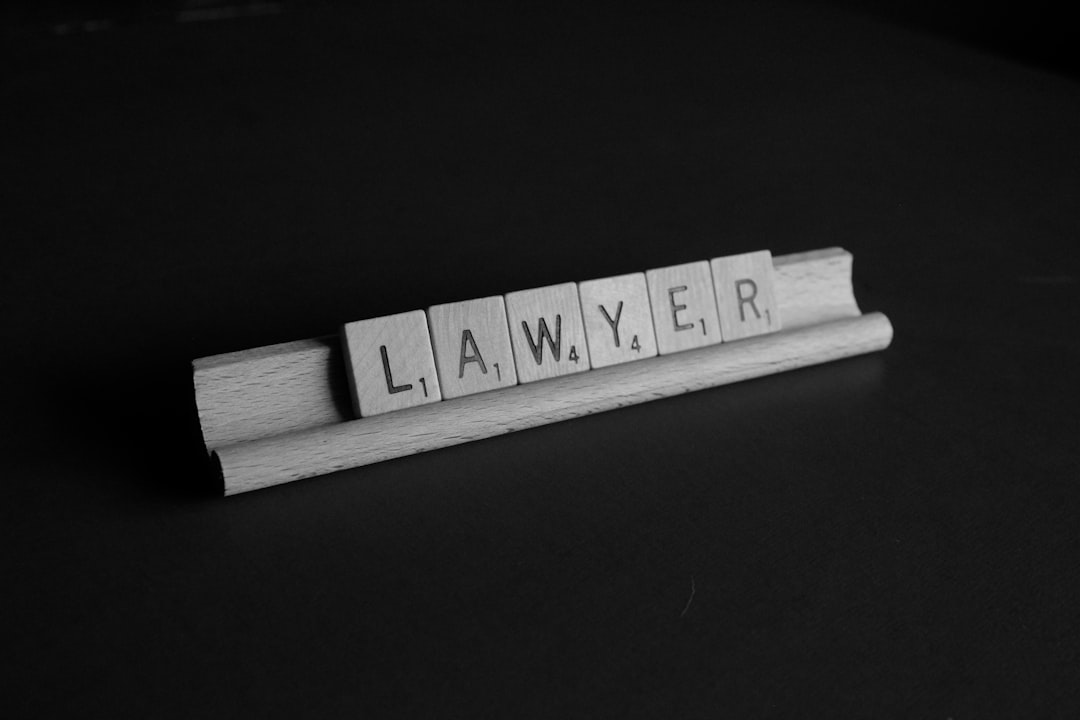
Traversing the complex realm of civil litigation proves to be a challenging endeavor, particularly when deciphering the myriad types of damages that can be sought in a legal dispute. Whether entangled in a legal conflict or merely seeking a deeper comprehension of the legal terrain, this article is your compass through the intricacies of damages in civil litigations.
In the realm of civil litigation, claims serve as the foundational elements of a case. They represent assertions by the plaintiff against the defendant, aiming to secure relief or compensation for a perceived injury. Encountering various types of claims is par for the course:
In cases involving contractual disputes, one party may allege a breach of contract. The breach arises when one party neglects to adhere to the stipulated terms, resulting in financial losses or other detrimental consequences for the party claiming harm.
Tort claims, on the other hand, revolve around civil wrongs that cause harm to an individual or their property. Instances encompass negligence, intentional infliction of emotional distress, and defamation. In tort cases, the focus is on the defendant’s actions and their impact on the plaintiff.
Disputes over ownership, possession, or utilization of real or personal property give rise to property claims. These cases often involve issues such as boundary disputes, easements, or landlord-tenant disagreements.
After establishing a claim, the subsequent crucial aspect in civil litigation involves the assessment and determination of damages. Damages represent the monetary compensation awarded to the plaintiff to rectify the harm suffered. Let’s delve into two main categories of damages: compensatory and nominal.
Compensatory damages aim to reimburse the plaintiff for the actual losses incurred due to the defendant’s actions. This category further breaks down into two subcategories:
Special damages, also known as economic or consequential damages, are quantifiable monetary losses directly resulting from the defendant’s actions. Medical expenses, property damage, or loss of income are examples within this category. These damages are specific and lend themselves to straightforward calculations.
Non-economic damages, commonly known as general damages, encompass more intangible losses that prove challenging to quantify. Included in this category are pain and suffering, emotional distress, and loss of consortium. Unlike special damages, general damages involve subjective assessments and may vary from case to case.
In some civil litigation cases, the plaintiff may be awarded nominal damages, even if they haven’t suffered significant financial losses.
Symbolic in nature, nominal damages typically manifest as a small amount, often as insignificant as one dollar. These damages are awarded when the plaintiff’s legal rights have been violated, but no substantial harm has occurred. Nominal damages serve a symbolic purpose, emphasizing the court’s recognition of the plaintiff’s rights. While the financial award may be minimal, the acknowledgment of the violation can be crucial in certain legal contexts.
Precision in assessing the evidence presented is essential to determine the appropriate amount of damages in a civil litigation case. The court’s goal is to furnish fair compensation to the injured party without bestowing unwarranted enrichment upon them. Several factors come under consideration when computing damages:
An examination by the courts revolves around establishing a direct link between the actions of the defendant and the harm endured by the plaintiff. The concept of proximate cause helps establish a reasonable connection between the alleged wrongful conduct and the resulting damages.
Plaintiffs are generally expected to take reasonable steps to minimize their losses after an incident. Failure to do so may impact the amount of compensation awarded. Courts consider whether the plaintiff made efforts to mitigate their damages and acted reasonably in the aftermath of the alleged harm.
Assessment of foreseeability revolves around determining whether the harm suffered by the plaintiff was a foreseeable consequence of the actions of the defendant. If the harm was reasonably foreseeable, it strengthens the plaintiff’s case for claiming damages.
Civil litigation damages form the core of legal redress, offering a means for individuals to seek compensation for wrongs committed against them. Whether you find yourself entangled in a legal dispute or are merely curious about the intricacies of civil litigation, understanding the nuances of claims and damages is essential. From contractual and tort claims to compensatory and civil litigation nominal damages, this exploration of the legal terrain equips you with valuable insights to navigate the complexities of civil litigation with confidence.